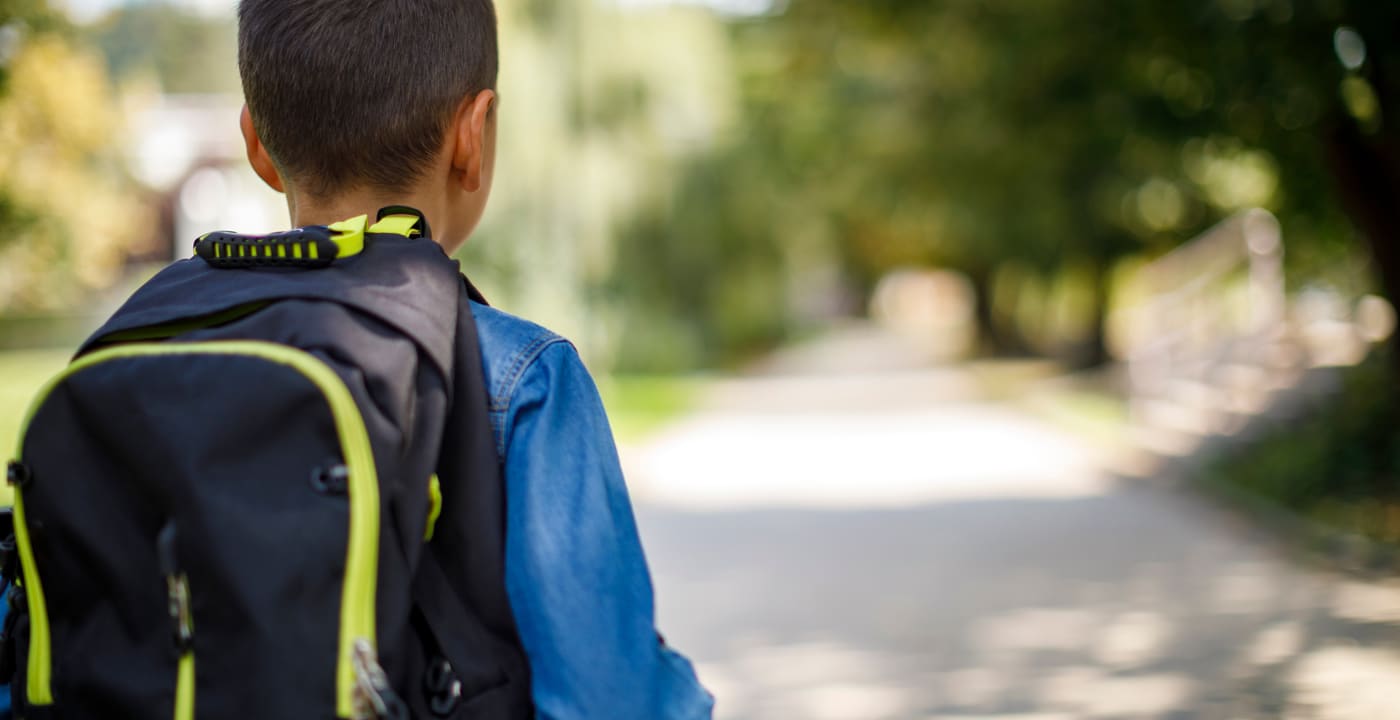Peace of mind: Preventing children from wandering

At a glance
- MultiCare providers teamed up to prevent wandering after tragedy struck Yakima
- New protocols assess risk for elopement and equip families with GPS trackers
- Combined with therapies, providers and families work to reduce risk of elopement
Spurred by tragedy that struck the Yakima community in 2022, the occupational therapy team at MultiCare Children’s Village launched an enhanced wandering elopement protocol to help families prevent the situation from happening to them.
On Sept. 10, 2022, 4-year-old Lucian was reported missing after wandering from the play area of a local park. Authorities from across the state and more than 100 community volunteers spent weeks searching for the boy. In December, his remains were found in the Yakima River, and his death was ruled an accidental drowning.
This was unfortunately not the first time he had wandered away. Lucian, who had received a diagnosis of autism years prior, had received therapy services at Children’s Village. His experience is not uncommon for kids on the autism spectrum. Between 2011 and 2020, there were 1,986 reports of children on the autism spectrum going missing, according to the FBI. Fourteen percent of those had gone missing more than once.
Hearing about his death, the team at Children’s Village brainstormed how they could make a change. The first step was awareness.
During initial intake to Children’s Village, all families are now asked screening questions regarding their child’s risk for elopement, such as whether they’re concerned about the possibility or if the child has wandered before. If they answer yes to either, parents are provided with education about how to assess the risk, potential factors or triggers that may spark the desire to wander, and prevention methods.
“By nature of their wanting to seek sensory input, (children on the autism spectrum) want to move their bodies,” explains Mackenzie Franke, occupational therapist and clinical supervisor at Children’s Village. “Many don’t have a high level of verbal language skills, so they may not respond when their name is called. They don’t take those instructions in the same way others might.”
“I’ve had families say, ‘I can finally feel like I can take them to the park.’ They get back a little bit of what they envisioned for their family.”
Providers dig into the details about when these events occur, Franke explains. Was it loud, such as at a grocery store, and they were trying to escape the noise? Did they see something they wanted to get closer to, such as a fire truck? Or are they having trouble sleeping and want to get out of their room?
“We can make goals for our therapy appointments about working through how to react, being safe in the community and addressing the specific why,” she says.
In addition to providing education, the new protocols help lower the risk of elopement by equipping the most at-risk children with GPS tracking devices. Since implementation, the program has provided more than 215 trackers to families, free of cost. The devices clip to a child’s clothing or backpack and can be tracked through their caregiver’s phone.
“We want families to keep children safe and near them, but we also know the reality that some kids are at a risk for running off, and we just need to know which direction,” Franke explains. “It’s a safety net.”
Franke says they also try to remind parents that the risk for elopement doesn’t mean they’re a bad parent. Awareness is the most important thing for themselves and the caregivers they rely on.
“Your child just may be a runner,” she says. “I’ve had families say, ‘I can finally feel like I can take them to the park.’ They get back a little bit of what they envisioned for their family.”
Seeing how it eases anxiety for families, the protocols and education have spread to other surrounding clinics and community services, Franke says. Children’s Village staff are now working with organizations such as local search and rescue teams to provide education about what to look for, and how to help prevent such incidents in their own line of work.




